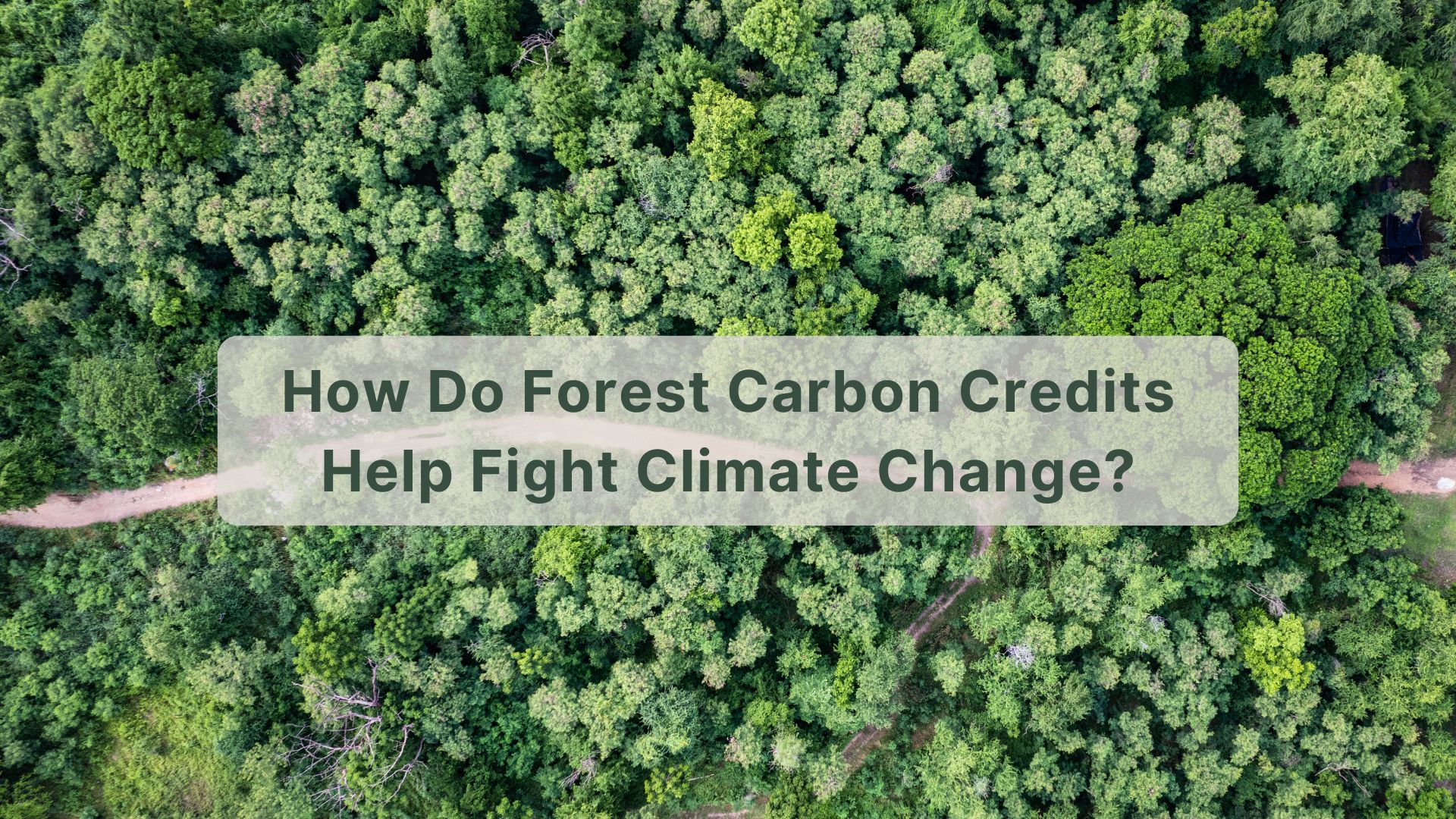Forest Carbon Credits: From Planning to Profit
Others

Forests are among the most effective tools for capturing and storing carbon, making them central to global climate solutions. Forest carbon credits provide a way to monetize the environmental value of trees, benefiting businesses, communities, and ecosystems alike. This guide explores the journey from planning forest carbon projects to achieving profitability.
Forest Credit Fundamentals
Carbon Credit Basics
Forest carbon credits represent a measurable amount of carbon dioxide (CO₂) that trees absorb and store. These credits are tradeable assets used by companies to offset their carbon footprints. Learn more about carbon credits here
How Trees Store Carbon
Through photosynthesis, trees absorb CO₂ from the atmosphere and store it in their biomass (trunks, branches, leaves, and roots) and soil. Forest preservation and reforestation projects tap into this natural process to generate carbon credits.
Credit Calculation Methods
Credits are calculated based on the amount of carbon sequestered over a defined period. Techniques include field measurements, satellite data, and advanced modeling to ensure accurate and verifiable results.
Project Types Overview
Forest carbon projects fall into several categories, including:
- Reforestation: Planting trees on degraded or deforested lands.
- Afforestation: Establishing forests in areas that were not previously forested.
- Avoided Deforestation: Protecting existing forests from being cleared.
- Agroforestry: Integrating trees into agricultural landscapes to enhance carbon storage.
Project Development
Land Assessment Needs
Successful forest carbon projects start with thorough land assessments, including soil quality, climate conditions, and existing vegetation. These evaluations ensure the project’s feasibility and long-term viability.
Management Practices
Sustainable forest management is crucial. Practices like selective harvesting, controlled burns, and invasive species control help maintain the forest's health while maximizing carbon capture.
Protection Measures
Preventing illegal logging, wildfires, and pest infestations is essential. Incorporating satellite monitoring and community patrols ensures forests remain intact and productive.
Agricultural Integration
Combining forestry with farming through agroforestry techniques enhances carbon sequestration while supporting food production.
Financial Planning
Initial Investments
Setting up a forest carbon project requires investments in land acquisition, technical assessments, and project registration. Costs vary based on the project's scale and location.
Maintenance Costs
Ongoing expenses include forest monitoring, maintenance of infrastructure, and ensuring compliance with verification standards. These costs are vital for generating high-quality, certifiable credits.
Revenue Streams
Revenue comes from selling carbon credits to corporations, governments, or individuals seeking to offset emissions. High-integrity projects often command premium prices due to co-benefits like biodiversity and community development.
Trading Platforms
Blockchain-based platforms simplify credit trading by enhancing transparency and efficiency.
Conclusion
Forest carbon credits offer a unique opportunity to align environmental stewardship with financial gain. From planning and development to trading and success stories, the potential of forests to combat climate change while generating income is immense.
As the world transitions to a low-carbon economy, forest carbon projects represent a powerful tool for sustainable development—turning trees into thriving ecosystems and profitable investments.
Ready to learn more with Fairatmos? Let’s create impactful climate solutions together—visit Fairatmos to get started today! Stay tuned on for more knowledge through our insight page!
